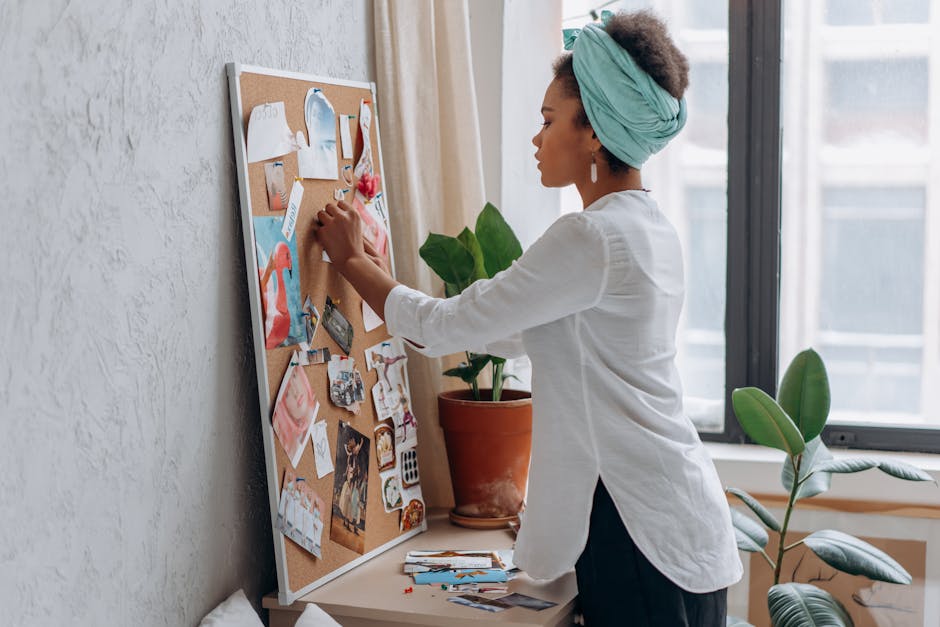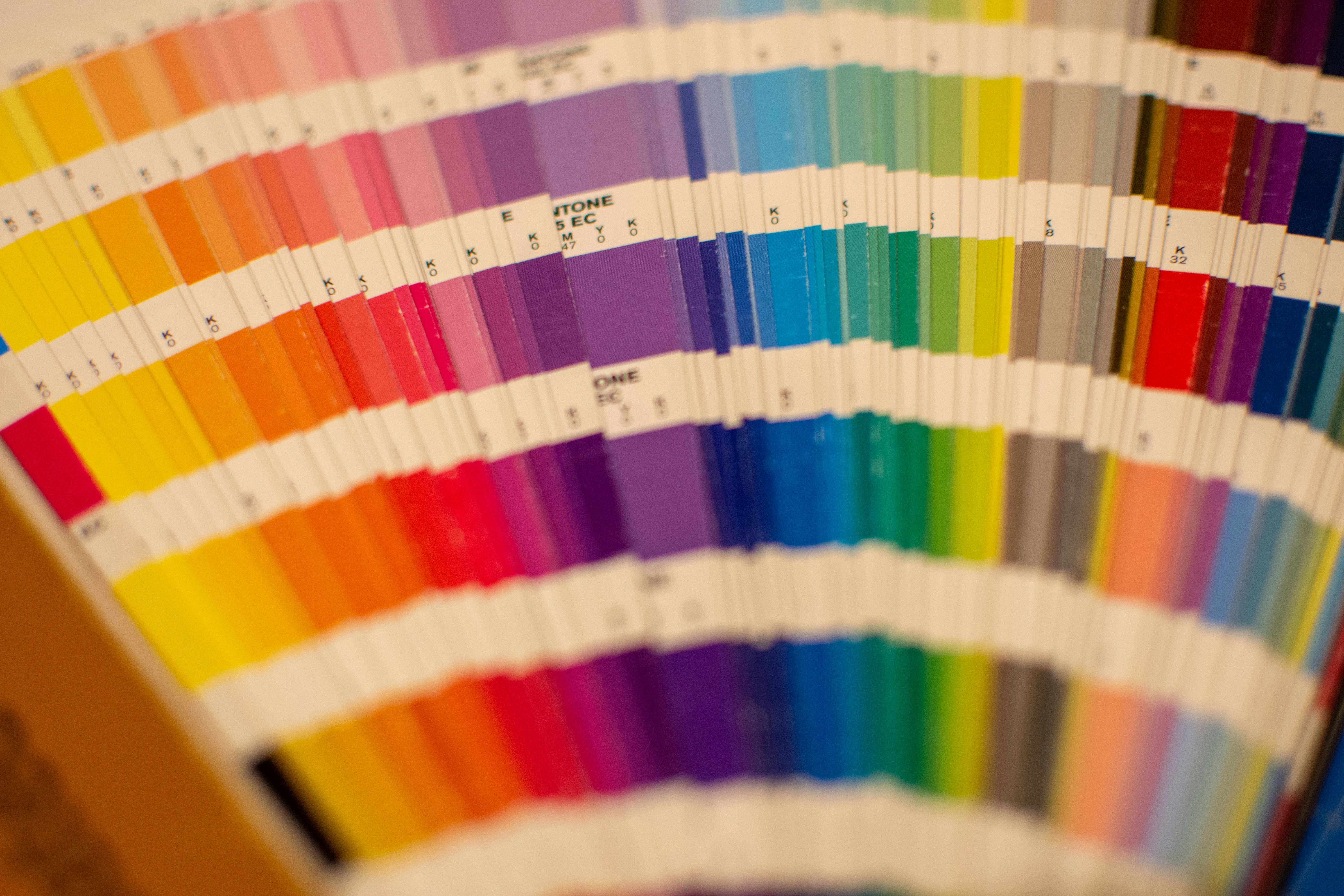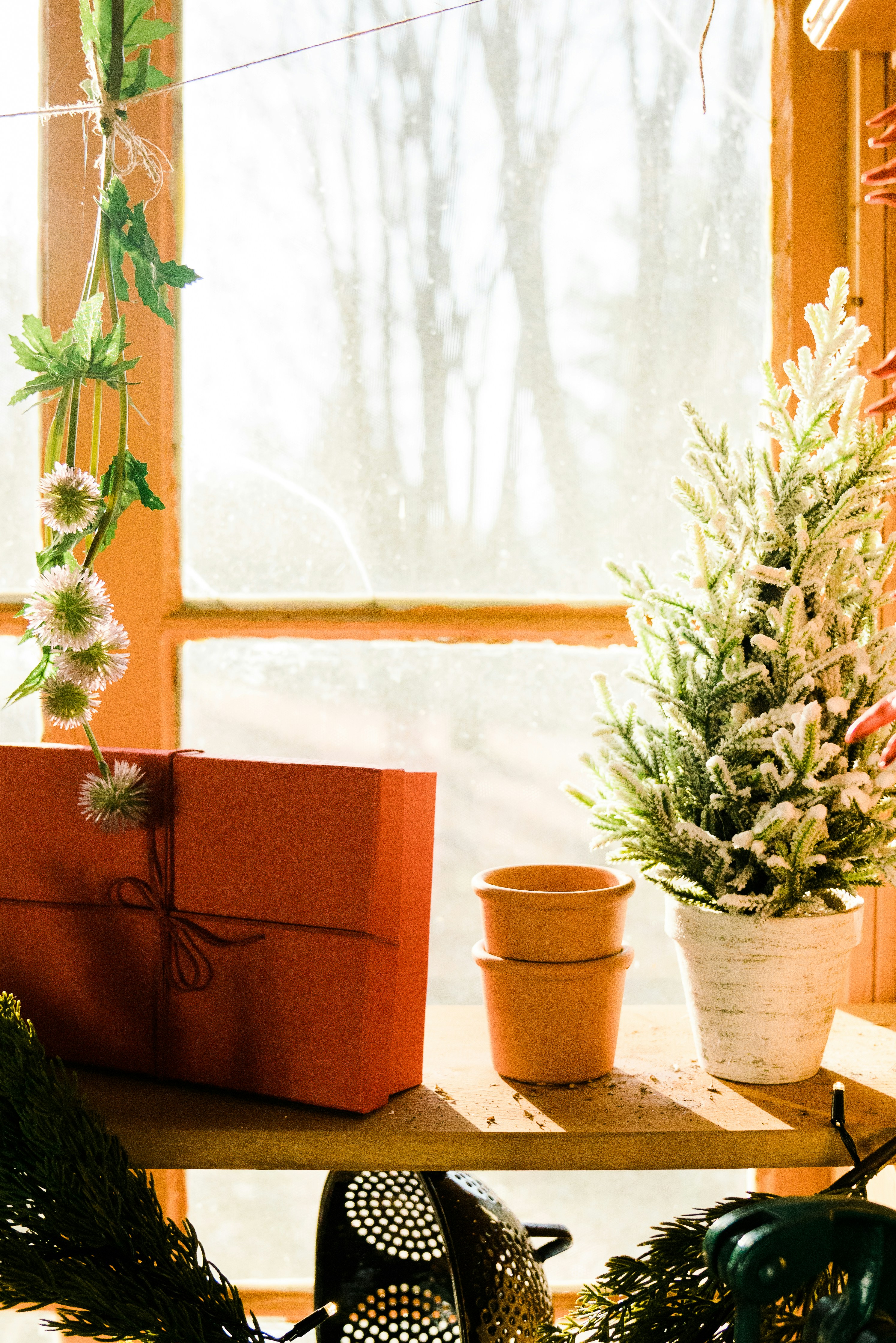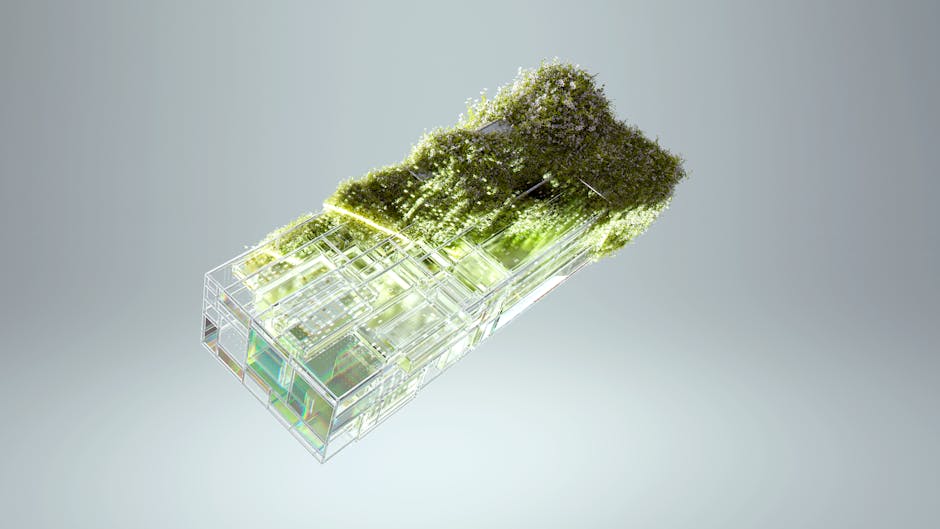Biophilic Design in Urban Spaces: Cultivate Your Indoor Garden Oasis
Imagine stepping into your home after a long day, greeted not by the coldness of urban life, but by a vibrant oasis full of life, light, and greenery. This remarkable transformation is achievable through the principles of biophilic design, an innovative approach that integrates nature into our urban environments. In this comprehensive guide, we'll explore how to create a thriving indoor garden sanctuary that breathes life into your space. Whether you live in a sleek downtown apartment or a cozy suburban home, the principles outlined here will inspire you to reconnect with nature and enhance your well-being through plants and natural elements. Let’s dive into the holistic world of biophilic design!
Understanding Biophilic Design: The Power of Nature Indoors

Biophilic design isn't just a trend; it's a necessity. As urban spaces become denser and our lives more isolated, the urge to connect with nature has never been more crucial. According to the Harvard Business Review, incorporating biophilic elements into our environments can significantly boost our mood, creativity, and overall mental health.
Biophilia refers to our inherent inclination to connect with nature and other forms of life. This connection is fundamental to human existence, influencing our physical health and well-being. So, how can you harness the power of biophilic design in your home? Let's explore practical steps and tips to cultivate your indoor sanctuary.
Assessing Your Space: Finding the Right Area for Your Garden

Before launching into creating your indoor garden, take a moment to evaluate your space. Look for areas where natural light abounds; this is vital for plant health.
- South-Facing Windows: These areas typically receive the most sunlight, making them prime spots for light-loving plants.
- Balconies and Patios: If you have outside space, consider utilizing it for containers filled with greenery.
- Unused Corners: Look for that neglected nook or cranny; they can be transformed into a lush vertical garden.
Choosing the Right Plants

Understanding your climate is essential when selecting plants. Do you live in a dry or humid environment? Here are some plant suggestions based on indoor variables:
- Low-Light Plants: Snake plants, pothos, and ZZ plants thrive even in dimly lit rooms.
- Air-Purifying Plants: Consider incorporating spider plants and peace lilies, which help filter indoor air and improve air quality.
Curious about how to elevate your plant game? Discover more with our guide on living decor.
Integrating Nature: Design Principles to Follow

The goal of biophilic design is to foster a sense of well-being through connection with nature. Here are key principles to keep in mind:
1. Use Natural Materials

Opt for materials like wood, stone, and clay. These elements bring organic textures into your indoor spaces, enhancing the natural feel.
- Wood Features: Think about adding wooden shelves or decorative wooden accents to your decor.
- Stone Elements: Create a rock garden or use stone planters for an engaging focal point.
2. Create a Focal Point with Plants

Positioning plants in a way that draws the eye can transform the energy of your space. Consider:
- Statement Plants: Use larger plants like fiddle leaf figs or rubber trees as centerpieces.
- Planter Arrangements: Group smaller plants at varying heights for visual interest.
3. Invite Nature Through Color

Colors have a substantial impact on mood. Warm greens, blues, and earthy browns can create a soothing ambiance. For more insights, check our article on cognitive colors and how they affect your mental wellness.
4. Create Movement and Sound

Incorporating sound through water features, like indoor fountains, can provide soothing white noise that enhances relaxation. You could also try soundscaping your space to harmonize the auditory experience with your decor.
DIY Indoor Garden Projects: Personalize Your Space

Creating a biophilic sanctuary can be a fulfilling DIY project. Here are some actionable ideas to get started:
Vertical Gardens

Creating a vertical garden is a stylish way to save space and boost the aesthetic of any room.
- DIY Living Wall: Use a wooden frame and fabric pockets to hold plants. Buoyed by vertical gardening, you can grow herbs, succulents, or decorative foliage.
Terrariums

A terrarium can serve as a miniature ecosystem within your home.
- Closed Terrarium: Great for low-light plants, gather a selection of pebbles, activated charcoal, soil, and moss.
Repurposed Planters

Instead of traditional pots, repurpose old containers or items that hold sentimental value.
- Teacup Planters: Vintage teacups can serve as charming plant holders and are perfect for herbs.
Looking to harness a Do-It-Yourself approach further? Discover ways to transform your home with tactile decor.
Accessorizing Your Indoor Sanctuary
Once the major installation pieces are in place, the next step is to accessorize and tie everything together beautifully.
Textiles and Fabrics
Adding nature-inspired textiles can contribute to a warm atmosphere.
- Natural Fabrics: Opt for cotton, linen, or jute fabrics in your cushions, curtains, and rugs.
Artistic Touches
Artwork that reflects nature enhances the aesthetic while offering a sense of continuity.
- Nature-Inspired Art: Hang abstract nature prints or create a photo wall that celebrates the outdoors.
Lighting
Select lighting that mimics natural daylight to enhance the overall biophilic experience.
- Full-Spectrum Bulbs: Consider bulbs that simulate natural light to support plant growth and boost your mood.
Maintenance: Keeping Your Indoor Garden Thriving
Establishing an indoor garden requires ongoing care. Watering schedules, sunlight exposure, and plant health are critical factors.
Water Wisely
Avoid overwatering, as this can lead to root rot. Understand your plants' specific needs; some may prefer to dry out between watering.
Year-Round Care
As seasons change, so might your plants’ requirements. Monitor growth and adapt care routines to ensure a thriving indoor garden year-round.
Knowledge Is Power
Educate yourself on the needs of each plant species. Resources like gardening blogs and local nursery experts are invaluable.
Embracing a Biophilic Lifestyle
Biophilic design is more than just creating beautiful spaces; it’s about cultivating a lifestyle that appreciates the benefits of nature. Embrace this lifestyle by integrating nature into your daily routines.
Mindful Meditation Spaces
Setting aside a peaceful corner with plants can serve as your meditation space, promoting mindfulness and serenity. Incorporating plants into your daily practice can also uplift your mood.
Nature-Inspired Weekly Rituals
Incorporate weekly rituals that connect you with nature, such as tending to your plants, creating plant-based recipes, or even taking a stroll in your neighborhood park.
Final Thoughts: Your Inner Garden Awaits
Creating a biophilic design in urban spaces doesn’t require a massive overhaul; it starts with intention and small actions. Let the healing properties of nature flow through your living space to lead a more harmonious life.
Remember, your home can be a reflection of the beautiful world outside. Implementing biophilic design principles allows you to enhance both the emotional and psychological aspects of your living environment, making every day feel like a breath of fresh air.
As you embark on this journey, don't hesitate to share your progress and inspire others. Together, let’s cultivate indoor gardens that flourish and radiate positivity, beauty, and life!



